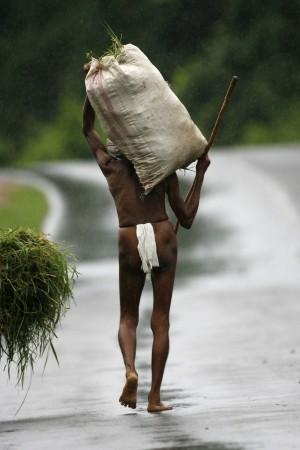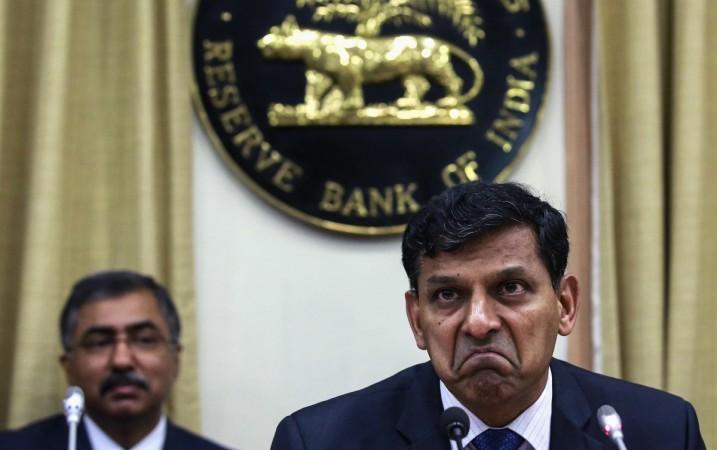Questioning the effectiveness of farmer debt-waiver programmes by the government, RBI governor Raghuram Rajan on Saturday said that such measures only hamper the credit flow to farmers. Rajan said that studies show such measures to be ineffective, adding that debt waivers effectively dry up formal credit facilities post waiver to the farmers.
Farmer Suicides
Pointing to the need for studying farmer suicides -- as a matter of importance and also a sensitive issue -- he said that understanding the overdebtedness of the farm sector is important.
What is especially worth examining is the factor that can be attributed to indebtedness especially in the formal banking system, and also how much the formal system alleviates indebtedness.

Public sector banks hold Rs.130,000 crore exposure on farm loans in Andhra Pradesh and Telangana. The governments of the two states announced debt waiver to farmers hit by cyclone Phailin. Telangana has paid 25% of the loan amount to the banks while Andhra Pradesh has not yet moved in the direction, The Hindu reported.
UPA's Agricultural Debt Waiver and Debt Relief Scheme
The 2008 UPA government's Agricultural Debt Waiver and Debt Relief Scheme (ADWDRS) saw 3.69 crore small and marginal farmers and 60 lakh other farmers receive debt relief to the tune of Rs. 52,516 crore.
Government auditor CAG found ineligible farmers benefitting while deserving ones being left out, pointing to large-scale possibility of fraud.
The CAG also investigated the rampant graft in the UPA government's 2G spectrum allocation programme and the coal block allocation, costing the exchequer significant losses that could have actually helped the farmer community many times over.
Farm Subsidies
On the subject of farm subsidies, the RBI governor said it was important to weigh the effective results, to see if the subsidies are actually helping or not.

While the positives point to a farmer receiving the benefit of cheap credit. However, one fails to understand how the credit is deployed to its rightful use, or if it was leading to over indebtedness or distortionary investment.
Rajan wondered if issuing a subsidised crop loan is much different from a long term loan that is not subsidised; how does the nature of the loan affect the activities that are subsidised in agriculture.

















